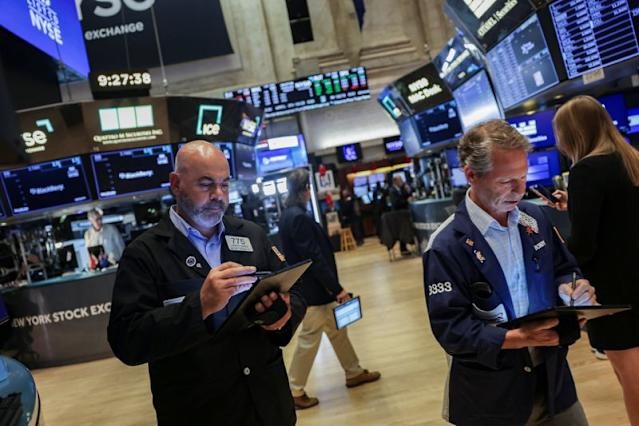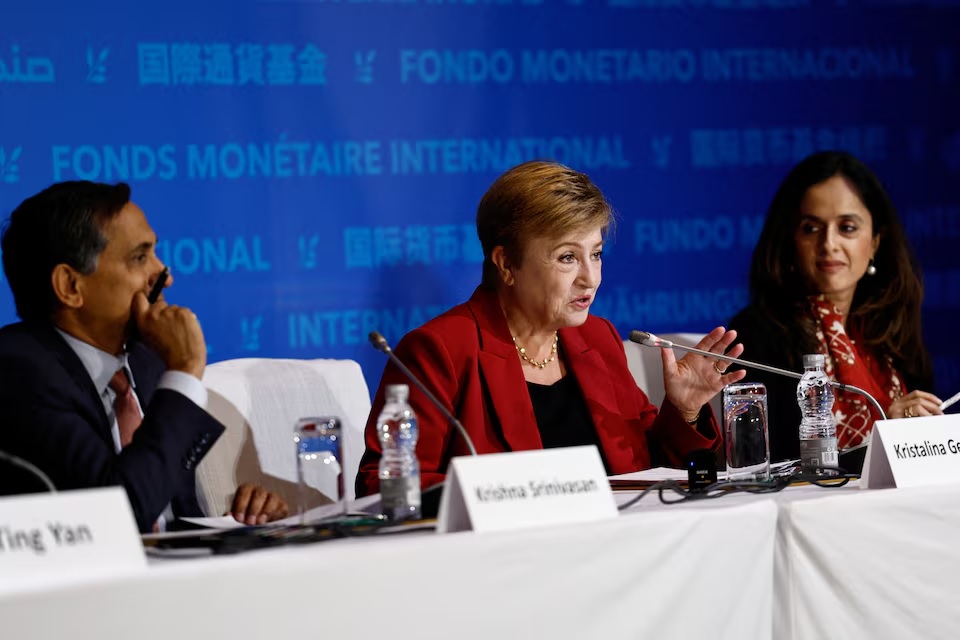A Wild Week Leaves Global Markets Bracing for More Swings

Fed bets, shaky data and geopolitics fuel volatility
After months of relative calm, global markets have lurched through a turbulent week that left traders both relieved and uneasy. U.S. stocks staged a sharp late-week rally as investors doubled down on bets that the Federal Reserve will deliver interest-rate cuts in the coming months. Bond yields, which had climbed on worries that inflation might prove sticky, pulled back as weaker-than-expected economic data revived hopes of a softer landing. Yet beneath the headline gains, volatility in currencies, tech shares and smaller regional banks reminded Wall Street how fragile confidence remains after years of rate hikes, bank stresses and geopolitical shocks.
Part of the anxiety stems from mixed signals in the economic data. Consumer spending in the world’s largest economy has cooled from its post-pandemic surge, but unemployment remains low and wage growth has not fallen as quickly as some policymakers hoped. That combination keeps the path of inflation murky, making it harder for the Fed to signal a clear trajectory for borrowing costs. Traders now juggle competing scenarios: in one, a modest slowdown gives the central bank room to cut rates without spooking markets; in another, stubborn price pressures force policymakers to hold higher for longer, reviving fears of a sharper downturn. Shifts between these narratives have fuelled rapid swings in sectors that are most sensitive to rates, from big-ticket retailers to high-growth tech names.
Global cross-currents and what they mean for investors
Global forces are adding further layers of uncertainty. Energy prices have seesawed on headlines from major producers and weather-driven demand, complicating the inflation outlook for import-dependent countries. In Europe and parts of Asia, central banks face their own balancing acts as slower growth collides with elevated prices and a strong dollar. For emerging markets, a single week of dollar strength or rising U.S. yields can trigger capital outflows, pressure local currencies and raise debt-servicing costs. Portfolio managers say they are watching not just economic indicators but also political developments in Washington, Brussels and Beijing, wary that trade disputes or sanctions could deliver fresh shocks to supply chains and commodity flows.
For ordinary investors, the result is a confusing backdrop in which both optimism and caution seem justified. The powerful rebound in major stock indices this year has tempted some to believe that the worst of the tightening cycle is over and that corporate earnings can weather a mild slowdown. At the same time, defensive trades – such as moves into cash-like instruments and high-quality bonds – remain popular with savers who remember how quickly markets reversed during previous Fed missteps. Financial advisers are urging clients to avoid dramatic shifts in strategy based on week-to-week headlines, arguing that diversification is still the best protection against surprises.
The coming months may offer few easy answers. Key inflation readings, central-bank meetings and corporate earnings updates could either reinforce the view that a gentle disinflation is under way or revive talk of renewed turbulence. Veteran traders point out that long periods of low volatility rarely last in an environment shaped by artificial-intelligence booms, geopolitical conflict and rapid shifts in energy markets. For now, Wall Street is bracing for more choppy trading, accepting that “normal” might mean living with frequent jolts in prices rather than a smooth glide back to pre-pandemic stability.























